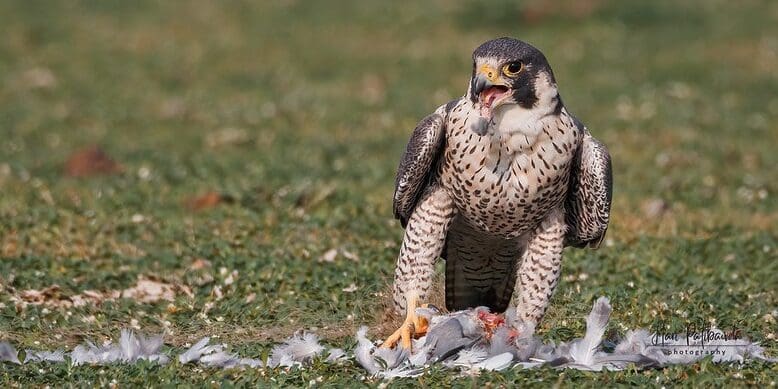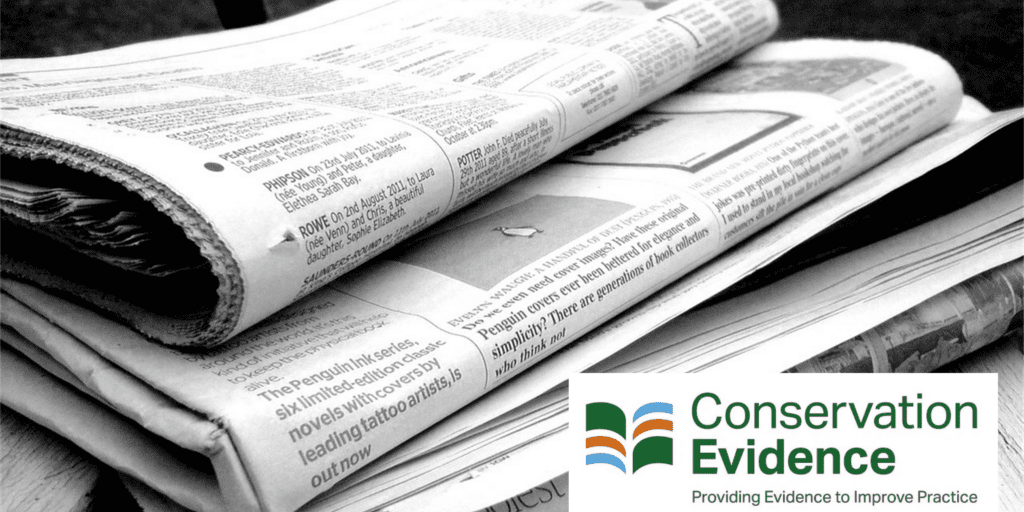Introducing global guidance on salt marsh and tidal flat restoration
This blog post was written by Dr Vanessa Cutts, Research Associate with Conservation Evidence, Department of Zoology, University of Cambridge, UK.

We are excited to announce the launch of a comprehensive guidance document on salt marsh and tidal flat restoration, developed as a collaboration between Conservation Evidence and Wetlands International. This resource is designed to support coastal conservation practitioners and will soon be incorporated into the World Coastal Forum (WCF) toolkit, a global platform dedicated to improving coastal restoration efforts.
Coastal wetlands: critical to climate resilience
Coastal wetlands, like salt marshes and tidal flats, are incredibly valuable ecosystems and serve as natural solutions to some of today’s biggest environmental challenges. They act as natural sea defences, protecting coastal communities from rising sea levels and reducing the risks of extreme weather, which is becoming more frequent due to climate change. They also play a key role in capturing carbon—referred to as “blue carbon”—making them crucial in the fight against climate change [1].
But their benefits go beyond climate protection. Coastal wetlands support rich biodiversity and help to filter water and air. They’re also closely tied to the livelihoods and well-being of local communities, offering recreational, cultural, and economic opportunities [2]. This means conserving and restoring coastal habitats is important not just for the environment but for people, too.

World Coastal Forum: A platform for global collaboration
The WCF, established in 2022, is a global initiative that brings together different stakeholders, including governments, NGOs, researchers, and practitioners to share knowledge and boost local and national efforts to protect and restore coastal ecosystems. A key objective of the WCF is to support the collection, and application, of knowledge and evidence-based practices for the conservation and restoration of coastal wetlands.
Our new guidance document is designed to contribute to this goal by offering practical, evidence-based advice that can be applied across a wide range of restoration projects. While the guidance is global in scope, its initial focus has been shaped by the unique challenges of the Yellow Sea ecoregion—a region of particular importance for migratory birds but under severe threat from habitat loss and degradation.
The Yellow Sea ecoregion
The Yellow Sea, bordered by Eastern China, Democratic People’s Republic of Korea (North Korea) and the Republic of Korea (South Korea), is one of the most crucial stopovers for migratory birds on the East Asian-Australasian Flyway. During their long journeys, hundreds of thousands of shorebirds rely on its intertidal flats to rest and find food. These tidal flats are often called ‘supermarkets of the sea’ because they’re packed with tasty options for shorebirds, like polychaete worms, molluscs, and crustaceans.
Unfortunately, this area has faced a lot of habitat loss due to land reclamation, industrial growth, and environmental degradation. As a result, the tidal flats of the Yellow Sea are now listed as an endangered ecosystem on the IUCN Red List [3]. These changes have taken a toll on bird populations, especially for the spoon-billed sandpipers—affectionately known as ‘spoonies.’ This beloved species is Critically Endangered, largely because of the loss of their breeding and foraging habitat [4].

Restoration, creation and management of salt marshes and tidal flats: a collation of evidence-based guidance
The new guidance provides a tool to help address some of these challenges. It offers 14 distinct pieces of guidance covering a range of topics and conservation actions, from evidence-based decision-making to specific restoration techniques.
The guidance covers some key themes:
(1) Evidence and planning: The first two pieces of guidance focus on the importance of evidence-based decision-making for effective conservation management and offer insights into how to plan coastal restoration projects while setting clear, measurable targets.
(2) Restoration approaches: Five pieces of guidance are dedicated to general habitat restoration methods. These cover methods for facilitating tidal exchange, using sediment to create or restore salt marshes and tidal flats, re-profiling coastal areas, and managing salt marsh and intertidal flat vegetation.
(3) Controlling invasive Spartina: Spartina alterniflora, an invasive grass species, is one of the primary threats to the health of intertidal zones in the Yellow Sea [5,6]. The guidance offers three targeted approaches for controlling this invasive species—chemical, physical, and integrated methods.
(4) Shorebird conservation: Recognising the Yellow Sea’s importance to migratory shorebirds, four pieces of guidance specifically focus on improving habitat conditions for these species. Topics include the management of artificial ponds, the creation of islands, vegetation management, and methods to minimise human disturbance.

The collated guidance document, and each individual piece of guidance, can be downloaded for free via this link. All documents are available in English, Korean and Chinese.
Global expertise and peer review
Developing this guidance was a truly collaborative effort, drawing on the expertise of 15 advisors from seven countries, including China, South Korea, the UK, Australia, New Zealand, the USA, and the Netherlands. Their collective input has helped ensure that the guidance is not only scientifically robust but also grounded in real-world practice. This global perspective makes the document relevant across different contexts and ecosystems, enhancing its applicability to coastal restoration projects worldwide.
A flexible tool for conservation practitioners
One of the key features of this guidance is its modular design, with each piece of guidance being usable on its own or as part of a series. This structure allows users to pick and choose sections based on their specific needs, so practitioners can dive into just one or two sections without having to navigate the entire document.
We also designed this guidance with future updates in mind—hence why we named it ‘version 1’. As new research and techniques emerge, the guidance can be expanded or updated, making it a living resource for coastal restoration. Plus, it’s easy to add new guidance documents without disrupting the overall structure. Being flexible and adaptable ensures the guidance stays relevant and continues to evolve.
With environmental pressures on the rise, the need for effective, evidence-based guidance has never been more important. This guidance is now available on the Conservation Evidence website and will form part of the World Coastal Forum toolkit. It will continue to evolve as new research and field practices emerge. We hope this new guidance will provide conservation practitioners with the tools they need to implement successful restoration projects, protecting vital coastal ecosystems and the many benefits they provide to people and nature alike.

References
[1] Macreadie PI, Costa MDP, Atwood TB, Friess DA, Kelleway JJ et al. (2021) Blue carbon as a natural climate solution. Nature Reviews Earth & Environment, 2, 826–839. https://doi.org/10.1038/s43017-021-00224-1
[2] Barbier EB, Hacker SD, Kennedy C, Koch EW, Stier AC & Silliman BR (2011) The value of estuarine and coastal ecosystem services. Ecological Monographs, 81, 169–193. https://doi.org/10.1890/10-1510.1
[3] Murray NJ, Ma Z & Fuller RA (2015) Tidal flats of the Yellow Sea: a review of ecosystem status and anthropogenic threats. Austral Ecology, 40, 472–481. https://doi.org/10.1111/aec.12211
[4] BirdLife International (2024) Species factsheet: Spoon-billed Sandpiper Calidris pygmaea. Available at: https://datazone.birdlife.org/species/factsheet/spoon-billed-sandpiper-calidris-pygmaea.
[5] Kim S, Yu CH, Ruesink JL & Hong J-S (2023) Vertical distribution of the salt marsh invader Spartina alterniflora and native halophytes on the west coast of Korea in relation to tidal regimes. Aquatic Invasions, 18, 331–349. https://doi.org/10.3391/ai.2023.18.3.104556
[6] Stokstad E (2023) China battles alien marsh grass at unprecedented scale. Science, 379, 972. https://doi.org/10.1126/science.adh5139



